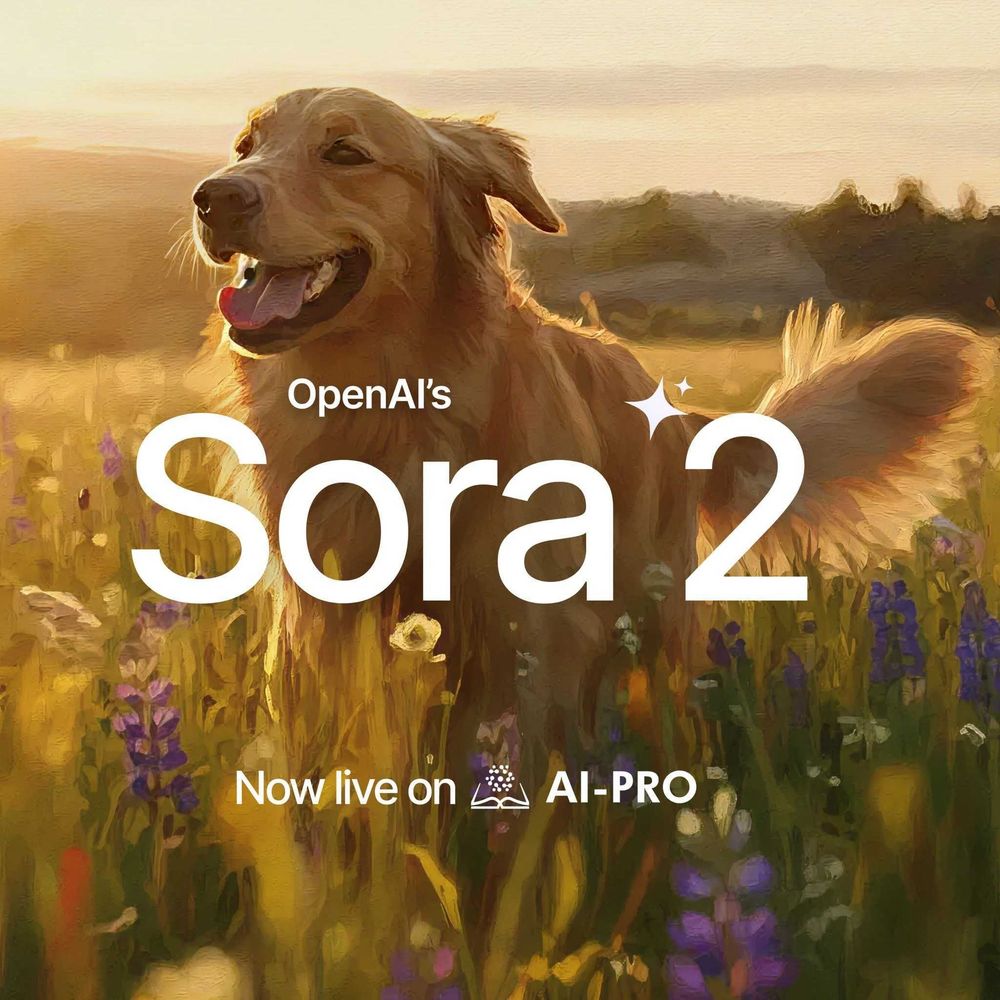Amid the rapid evolution of artificial intelligence, few innovations have made as powerful an impact as Claude 3.5 Sonnet. Developed by Anthropic, this state-of-the-art AI model is reshaping the landscape of natural language processing and reasoning. As AI becomes an increasingly essential tool for boosting productivity, enhancing innovation, and optimizing operations, understanding its features and capabilities is crucial for businesses and individuals alike.  In this article, we explore the cutting-edge advancements behind Claude 3.5 Sonnet, delving into its unique innovations and how it’s transforming industries across the board. From its remarkable performance to its real-world applications, we’ll uncover the full potential of this AI model. Additionally, we’ll address key concerns surrounding safety and privacy, ensuring you’re informed about the impact of integrating such powerful technology into your workflows. Join us as we dive deep into how Claude 3.5 Sonnet is setting new standards for AI performance, usability, and security in the digital era!
In this article, we explore the cutting-edge advancements behind Claude 3.5 Sonnet, delving into its unique innovations and how it’s transforming industries across the board. From its remarkable performance to its real-world applications, we’ll uncover the full potential of this AI model. Additionally, we’ll address key concerns surrounding safety and privacy, ensuring you’re informed about the impact of integrating such powerful technology into your workflows. Join us as we dive deep into how Claude 3.5 Sonnet is setting new standards for AI performance, usability, and security in the digital era!
What is Claude 3.5 Sonnet?
Claude 3.5 Sonnet is the latest and most advanced iteration in Anthropic's cutting-edge series of AI models, designed to push the limits of artificial intelligence capabilities. As part of the Claude 3.5 family, it integrates powerful enhancements in reasoning, coding, and vision, making it a versatile tool for a wide array of business and creative applications.

Built to surpass its predecessor, Claude 3 Opus, Claude 3.5 Sonnet excels in several key areas. It demonstrates significant improvements in understanding complex instructions, recognizing subtle nuances, and producing high-quality content that resonates with users on a deeper, more human level. Running at twice the speed of Claude 3 Opus, this model dramatically enhances efficiency in tasks that demand quick execution, such as customer support and intricate multi-step workflows.
A standout feature is its ability to perform graduate-level reasoning and tackle undergraduate-level knowledge assessments. In internal tests, it solved 64% of the problems presented—nearly doubling the success rate of its predecessor, which achieved just 38%. This advanced reasoning capability extends to coding, where Claude 3.5 Sonnet can autonomously write, edit, and execute code based on natural language descriptions, making it an invaluable resource for software development teams. One of its most innovative aspects is its introduction of Artifacts, a unique feature that allows users to interact with AI-generated content in real-time.
This functionality facilitates seamless integration into projects and workflows, empowering users to refine and build on the AI's outputs with ease. Beyond its linguistic strengths, it also excels in visual tasks. It outperforms previous models in interpreting complex charts and graphs and can accurately transcribe text from imperfect or low-quality images—capabilities especially beneficial to industries such as retail, logistics, and data analysis. Ultimately, Claude 3.5 Sonnet represents a major leap forward in AI technology, offering users an unmatched combination of speed, intelligence, and versatility.
As businesses and creative professionals increasingly integrate this powerful tool into their workflows, they can rely on this model not only for its groundbreaking capabilities but also for its commitment to safety and privacy throughout its deployment.
6 Key Features of Claude 3.5 Sonnet

Claude 3.5 Sonnet introduces several groundbreaking features that significantly enhance its performance and versatility. These innovations position the model as a powerful tool for a wide range of industries, improving efficiency and expanding its potential applications. Here’s a look at its key features:
- Enhanced Reasoning Abilities With a remarkable 64% success rate on graduate-level reasoning tasks (compared to 38% for its predecessor), it is designed to handle complex decision-making and predictive analytics with exceptional accuracy, making it ideal for businesses that require advanced problem-solving.
- Expanded Context Window The model’s 200K token context window allows it to process larger datasets within a single interaction. This enhancement significantly improves its ability to retain context over extended conversations or detailed inquiries, leading to more coherent and relevant outputs in complex problem-solving situations.
- Superior Coding Proficiency Claude 3.5 Sonnet excels in coding, capable of autonomously writing, editing, and executing code based on natural language prompts. Its ability to debug and optimize code makes it a valuable resource for software developers, enhancing productivity and streamlining workflows.
- Advanced Visual Processing This model outperforms previous iterations in visual tasks, including interpreting charts, graphs, and transcribing text from imperfect images. These abilities make it especially beneficial for industries like retail and logistics, where visual data analysis is crucial.
- Commitment to Safety and Privacy Claude 3.5 Sonnet has undergone rigorous safety evaluations, maintaining an AI Safety Level (ASL-2), which ensures minimal risk in its deployment. This commitment to ethical AI practices reassures users that it is a responsible and secure technology.
Unique Innovation: The Artifacts Feature
The Artifacts feature is one of the most exciting innovations in Claude 3.5 Sonnet, fundamentally transforming how users interact with AI-generated content. This feature enables a more dynamic and collaborative user experience, offering the following key benefits:
- Enhanced Interactivity: Artifacts allows users to edit, refine, and interact with the AI’s outputs in real-time. This hands-on approach fosters immediate feedback and adjustments, creating a more fluid, adaptive workflow.
- Streamlined Workflow: By integrating the ability to interact directly with AI-generated content, Artifacts minimizes the need for back-and-forth between the user and the model. This improves efficiency and accelerates project timelines, particularly in collaborative environments.
- Real-Time Collaboration: The feature supports multi-user collaboration, enabling teams to refine outputs together, share insights, and build on each other’s work in real-time, making it ideal for projects that require input from various stakeholders.
- Versatile Applications: Artifacts enhances many use cases, including software development, content creation, and data analysis. In software development, for instance, developers can write and edit code based on AI suggestions, while in content creation, writers can refine articles or reports interactively.
- Adaptive Learning: As users engage with the Artifacts feature, Claude 3.5 Sonnet learns from these interactions, tailoring future outputs to better align with user preferences, resulting in more personalized and efficient outputs over time.
Claude 3.5 Sonnet offers a powerful combination of enhanced reasoning, advanced coding capabilities, and visual processing skills, alongside the innovative Artifacts feature, which transforms user interaction with AI. These features not only improve performance but also redefine how users collaborate with AI in real time.
The Use Cases for Claude 3.5 Sonnet

Claude 3.5 Sonnet is an incredibly versatile AI model, offering powerful capabilities that make it a game-changer for both businesses and individuals. Whether it’s in software development, customer support, data analysis, or content creation, it’s proven to be an invaluable tool across various industries. Here’s how it’s making an impact in real-world applications:
-
Software Development
Claude 3.5 Sonnet has transformed the software development lifecycle by providing comprehensive coding assistance. Its ability to autonomously write, edit, and execute code based on natural language descriptions accelerates development processes and enhances productivity. Key use cases include:- Rapid Prototyping: Startups and development teams can swiftly generate functional prototypes or MVPs, turning high-level ideas into working code in no time.
- Debugging and Code Enhancement: The model identifies bugs, suggests improvements, and refines existing codebases, enhancing the quality and performance of software products.
- Legacy Code Modernization: Claude 3.5 Sonnet can analyze outdated code and propose modern solutions, helping businesses migrate legacy systems to up-to-date platforms seamlessly.
-
Data Analysis and Visualization
It also excels in interpreting complex datasets, especially in industries where data-driven decision-making is crucial. Its advanced visual processing capabilities support:- Interpreting Charts and Graphs: The model can extract valuable insights from visual data presentations, helping analysts uncover trends and patterns that may not be evident through text alone.
- Automating Data Extraction: By integrating with business intelligence tools, Claude automates the extraction of key metrics from visual reports, saving time and reducing manual errors.
-
Customer Support
This powerful AI tool enhances customer service by providing intelligent, context-aware responses that help resolve customer queries effectively:- AI-Powered Chatbots: The model powers advanced chatbots that engage customers in natural, human-like conversations, solving routine queries with ease.
- Handling Complex Queries: With its enhanced reasoning capabilities, Claude 3.5 Sonnet tackles intricate customer inquiries that require deeper understanding and problem-solving.
-
Content Creation
In the realm of content generation, the model serves as a powerful ally for writers, marketers, and creators, speeding up the content creation process and enhancing output quality:- Collaborative Writing: Through the Artifacts feature, users can interact with AI-generated text in real time, refining and editing articles, reports, or marketing materials seamlessly.
- Creative Assistance: Claude helps brainstorm ideas, generate drafts, and develop content based on specific themes, significantly accelerating the creative process.
-
Education and Training
Claude 3.5 Sonnet is transforming educational environments by delivering personalized learning experiences that adapt to each student’s needs:- Tutoring Systems: It can serve as a virtual tutor, offering explanations and answering questions across a wide range of subjects, adjusting responses to suit the learner's understanding.
- Interactive Learning Tools: Integrated with educational platforms, Claude helps create engaging exercises that promote interactive problem-solving and critical thinking.
Its vast use cases highlight its adaptability and effectiveness across various domains. From streamlining software development and revolutionizing customer support to facilitating advanced data analysis and boosting creativity in content creation, this AI model is poised to redefine how businesses leverage AI. As organizations explore new ways to innovate and drive productivity, Claude 3.5 Sonnet stands out as a key player in shaping the future of artificial intelligence across industries.
Ethical Considerations for Claude 3.5 Sonnet

As artificial intelligence technology becomes increasingly integrated into various sectors, ensuring safety and privacy remains a top priority. Anthropic has taken significant steps to address these concerns in the development of Claude 3.5 Sonnet, focusing on ethical considerations that guide the model's operation and deployment. Claude 3.5 Sonnet has undergone extensive testing to ensure safe interactions, earning a classification of AI Safety Level 2 (ASL-2), which indicates a low risk of significant harm. To further enhance safety, the model incorporates a human review process designed to align its outputs with ethical guidelines, thereby minimizing the risk of generating harmful or toxic content.
A key element of Anthropic's approach is the implementation of Constitutional AI, a framework that instills a set of ethical principles guiding the model's behavior. This framework promotes values such as helpfulness, honesty, and harmlessness, drawing from foundational documents like the United Nations Universal Declaration of Human Rights. By embedding these principles into the model, Claude is designed to adapt to evolving societal norms while maintaining ethical standards. User privacy is another cornerstone of Claude 3.5 Sonnet’s design. Anthropic enforces stringent data privacy policies that require explicit consent for data collection.
Additionally, personal data is anonymized to protect user identities, ensuring that individuals can interact with the AI without fear of compromising their personal information. Compliance with major data protection regulations, such as GDPR and CCPA, further underscores Anthropic’s commitment to ethical data handling. This compliance guarantees that users have rights regarding their data, including options for access and deletion, reinforcing transparency and accountability. Lastly, Anthropic is dedicated to continuous improvement in safety and privacy through regular updates and mechanisms for user feedback. This iterative process allows the company to address emerging threats and refine safety protocols effectively. By prioritizing robust safety measures, implementing a comprehensive ethical framework, and maintaining strict data privacy policies, Anthropic demonstrates its commitment to responsible AI development with Claude 3.5 Sonnet. These initiatives foster trust among users and encourage the adoption of innovative AI solutions across various industries.
Accessing Claude 3.5 Sonnet

Claude 3.5 Sonnet is widely accessible across various platforms, making it easy for users to leverage its advanced capabilities. Here are the primary ways to access this cutting-edge AI model:
-
Free Access on Claude.ai
Claude 3.5 Sonnet is available for free on the Claude.ai website and the Claude iOS app. Users can interact with the model through a user-friendly interface, although there may be usage limits for free accounts. -
Subscription Plans
For those requiring more extensive use, Claude 3.5 Sonnet can be accessed through the Claude Pro and Team subscription plans. Subscribers benefit from significantly higher rate limits, allowing for more intensive usage without interruptions. -
API Integration
Developers can integrate Claude 3.5 Sonnet into their applications via the Anthropic API. This allows businesses to harness the model's capabilities for various tasks, from customer support to content generation. -
Cloud Platforms
Claude 3.5 Sonnet is also available on major cloud platforms, including:- Amazon Bedrock: Users can access the model within Amazon's cloud ecosystem, benefiting from its robust infrastructure.
- Google Cloud’s Vertex AI: This integration allows users to utilize Claude 3.5 Sonnet alongside other Google Cloud services.
-
Cost Structure
The pricing for using Claude 3.5 Sonnet via API or cloud platforms is competitive, with costs set at $3 per million input tokens and $15 per million output tokens. This pricing structure, combined with a generous 200K token context window, makes it an attractive option for businesses looking to implement advanced AI solutions. With its broad accessibility and flexible pricing options, Claude 3.5 Sonnet is positioned as a leading choice for organizations and individuals seeking to leverage advanced AI capabilities in their operations. Whether through free access or subscription plans, users can easily tap into the power of this innovative model to enhance productivity and drive results across various applications.
Wield the Power of Claude 3.5 Sonnet!
Claude 3.5 Sonnet marks a pivotal step forward in artificial intelligence, offering a blend of advanced reasoning, versatile applications, and ethical integrity. This Anthropic model goes beyond raw performance, delivering practical tools like the Artifacts feature for real-time collaboration and a robust framework for safe, responsible AI use.

As AI adoption accelerates, Anthropic’s latest model emerges as an empowering, trustworthy partner, seamlessly integrating into workflows and adapting to the needs of industries from software development to customer support. By wielding the power of Claude 3.5 Sonnet, organizations can drive productivity, enhance user experiences, and confidently shape the future of AI-driven innovation!





